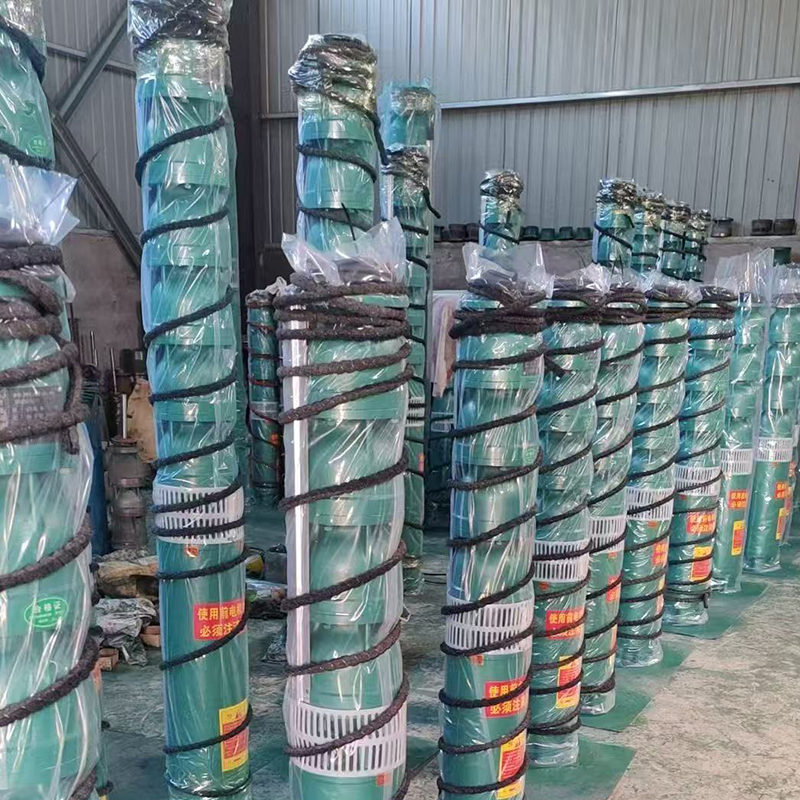Exploring the Versatile Applications of Slurry Pumps
What’s the Deal with Slurry Pumps?
Ever wondered how industries manage to transport thick, viscous mixtures without a hitch? Enter the slurry pump! This unsung hero of the industrial world is crucial for moving mixtures of liquids and solids, from muddy water to complex chemical slurries. Slurry pumps are designed to handle a variety of tasks, and they do it with flair. Let’s dig deeper!
Where Are Slurry Pumps Used?
Alright, let’s break it down! Slurry pumps are versatile tools that find applications in several industries. Here are some key areas where they shine:
1. Mining and Mineral Processing
Mining is like the wild west of industry—full of grit and determination. Slurry pumps play a significant role here. Whether it’s transporting tailings (the leftover materials after the extraction of metals) or managing the flow of ore slurry, these pumps are essential. They can handle high solids content and abrasive materials, which is a must in this rugged environment.
2. Wastewater Treatment
In the realm of wastewater treatment, slurry pumps are indispensable. They help in moving sludge and other waste materials through various stages of the treatment process. Talk about a dirty job! But, hey, someone’s got to do it, right? These pumps ensure that the process runs smoothly and efficiently, keeping our water systems clean.
3. Construction Industry
Construction sites can be chaotic, but slurry pumps help keep things flowing—literally! In applications like concrete mixing or transporting bentonite slurry for drilling, these pumps are vital. They ensure that materials are mixed correctly and delivered where they need to go without a hitch. It’s all about efficiency!
4. Agriculture
Believe it or not, slurry pumps also play a role in agriculture. They’re used for transporting slurry from biogas plants or managing liquid fertilizers. Farmers utilize these pumps to ensure that their crops get the nutrients they need without the hassle of manual labor. It’s a win-win!
Unique Challenges of Slurry Pumping
Now, before you think slurry pumping is all rainbows and sunshine, let’s chat about the challenges. Slurries can be tricky to handle. The viscosity, density, and solid content can vary widely, making it crucial to select the right pump for the job. Not to mention, wear and tear is a real concern since abrasive materials can degrade the pump components over time.
Choosing the Right Slurry Pump
If you’re in the market for a slurry pump, you might feel a bit overwhelmed. Fear not! Here are some tips to help you make the right choice:
- Understand Your Slurry: Know the properties of the material you’ll be pumping. Is it thick? Abrasive? This knowledge will guide your decision.
- Consider the Pump Type: Centrifugal or positive displacement? Each has its pros and cons, so choose wisely!
- Maintenance Matters: Look for pumps that are easy to maintain. Regular upkeep is key to longevity.
The Future of Slurry Pumps
As industries evolve, so too do slurry pumps. With advancements in technology, we’re seeing smarter, more efficient designs that can tackle even the toughest challenges. Innovations like IoT integration for real-time monitoring and wear detection are on the horizon, making these pumps not just useful but also incredibly efficient.
Wrapping It Up!
Slurry pumps are more than just machinery; they’re the backbone of many industries, ensuring that processes run smoothly and efficiently. From mining to agriculture, these pumps prove their worth time and again. So, the next time you see a slurry pump in action, give it a nod of appreciation. It’s doing a lot more than you might think!
TAG:
Related Posts
Navigating the Waters of Industry: The Power of Slurry Pumps













